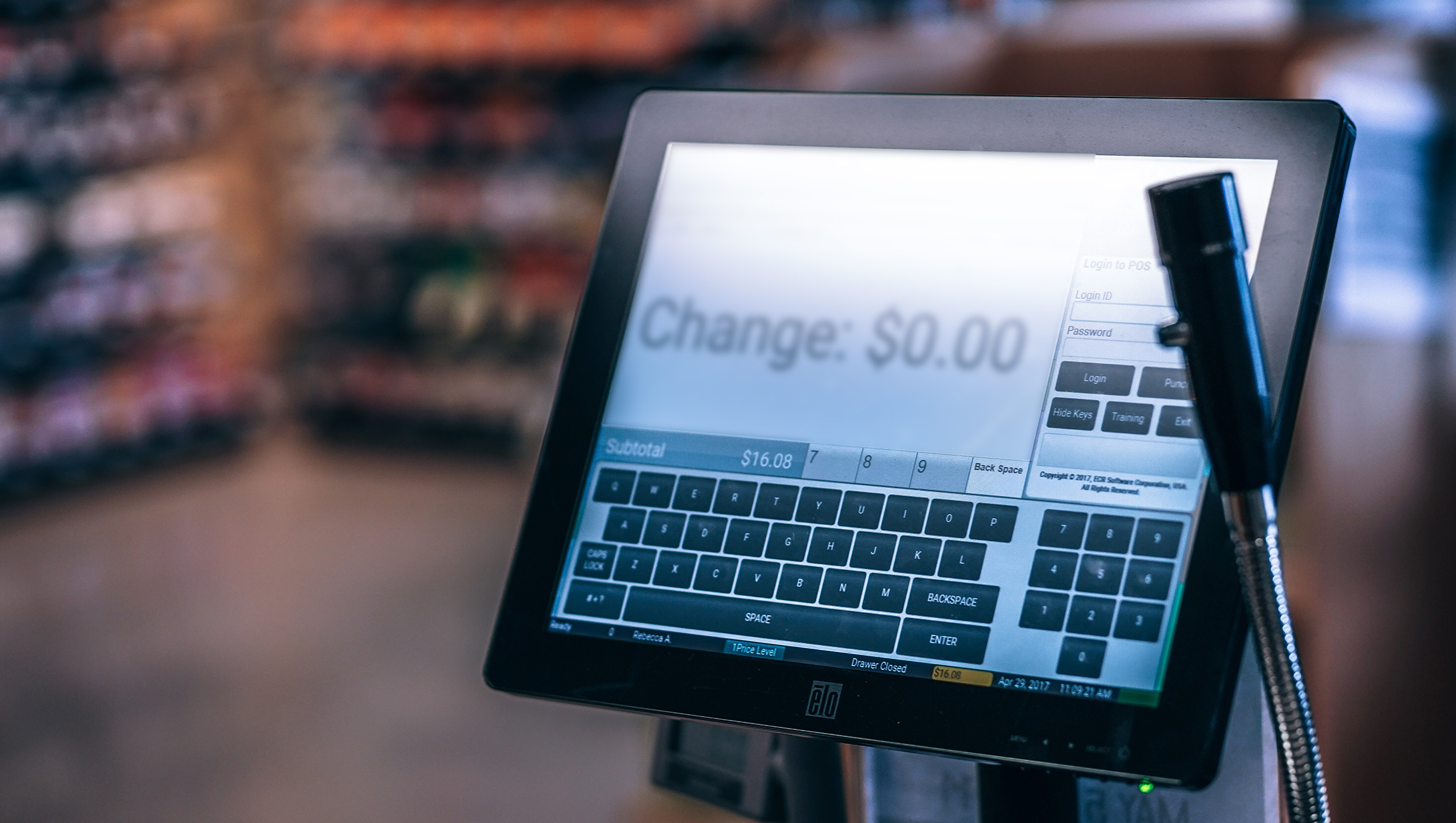For the most part, the mobile inventory available across DSPs is similar, and when an SSP’s SDK is directly integrated with an app, it doesn’t mean that SSP is the only one with access to that app’s inventory. Most apps integrate with multiple SDKs and/or work with a mediation partner to optimize their monetization goals.
Success in mobile, particularly on the performance side, relies on how you buy, not just where you buy. To buy efficiently, you need the data and tools to identify, on the bid request level, the likelihood of a user taking your desired action, whether that is a click, an install or a purchase. This is user targeting, and it’s a more sophisticated approach than placement targeting.
With this in mind, let’s consider three tips for improving your approach to mobile programmatic media buying.
-
Understand the factors that impact performance
Myriad factors affect campaign performance, including the placements, or bundles, themselves. The best way to get to know what placements work well, and when, is to do a lot of testing. Next, you need to understand how different ad formats, SSPs and where you sit in the waterfall affect performance. How does video compare to a full-screen interstitial, or how does your performance across different SSPs change depending on where you sit in the waterfall, for example? Then, within each ad format, consider the creative and look for trends. Does certain messaging, colors or fonts drive higher conversion rates? Adjust your creative accordingly.
As you manage your campaign, dive deeper into your data to determine which user traits have a meaningful impact on people’s likelihood of converting. In addition to the placement, ad format and type of creative, consider such data points as:
- Behavioral and demographic traits
- A user’s type of device
- User location
- The time of day a user engaged with the ad
Understanding how these elements affect campaign performance will allow you to create the most effective bidding strategy possible.
Read More: How AI will Change the Game for Influencer Marketing
-
Use a flexible bidding strategy
One of the most common mistakes advertisers make in the performance space is using a flat CPI pricing strategy in which their buying partners are instructed to hit a certain CPI. The problem here is you are focusing on the wrong metric, using install costs as the key factor in your decision-making instead of what actually matters. The end goal of a campaign is not to hit a certain CPI—the end goal is to drive action further down the funnel. Advertisers need to choose their KPIs accordingly and focus on, and measure, their ability to deliver that action.
With a fixed CPI, you could be bidding too much, or missing out on your target audience because you are not able to bid what you need to acquire these users. Imagine you are a travel app looking to drive hotel bookings. You set a CPI goal. Your campaign achieves it, but no one is making any reservations. This campaign is not a success. But by understanding the different inventory and the traits of users who may be more likely to take the actions you are looking for—in this case, hotel bookings—you can adjust your bidding strategy to improve performance. It is all about pinpointing the user who is most likely to take action, and developing a dynamic bidding strategy that allows you — or your trusted partner — to adjust bids according to your post-install goals. This requires flexibility, something a fixed CPI doesn’t allow for.
Read More: 3 Ways Mobile Technology is Changing the Brick-and-Mortar Experience
-
Learn to scale smartly
While granular-level targeting can get you the most ideal user, oftentimes, it can limit your ability to scale a campaign. Smart, strategic bidding should be used to bid on users at the most efficient rate across the app ecosystem without sacrificing quality.
For example, on some performance campaigns, running ads on highly-priced inventory on certain news and finance apps with high CPMs, might not be cost-effective. But with smart bidding, you can find these same users while they are engaging with other apps with lower CPMs and reach them at a lower cost. In this way, it is not just about finding the user—it is about finding the user in the right place, at the right price, so you can reach your campaign goals at the most efficient rate.
Performance media buying is a complex process made up of a lot of different pieces, and the right strategy, tools and team go a long way in impacting campaign results. Accessing the inventory you need is one thing. Accessing it in the most efficient and effective way possible is another. To do this, you need experience and technology so you can make smart buying decisions in a fraction of a second. Choosing the right inventory is just one piece of the puzzle. It is how you buy the inventory that will determine success.
Read More: Eye Rolls at Pre-Rolls: How to Escape the Trap of Annoying Ads



